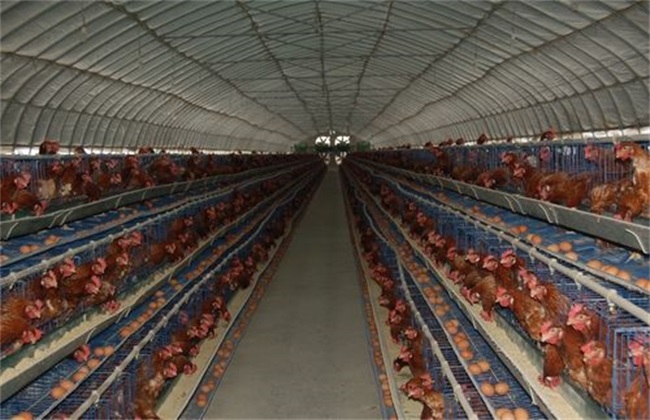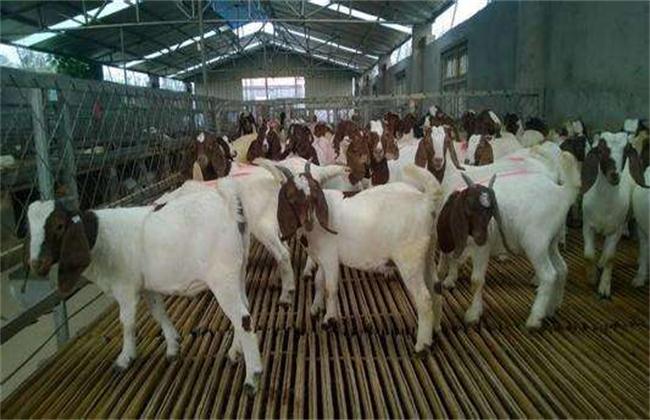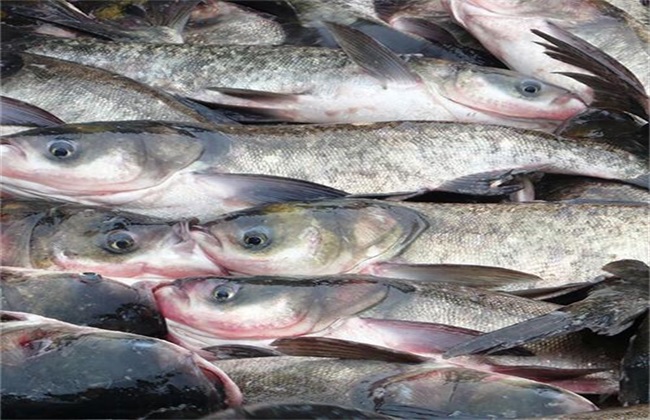Matters needing attention in cage installation of laying hens
Nowadays, we usually raise layers in cages, which can provide layers with a relatively healthy and safe production environment, so as to improve the laying capacity of layers. The use of cages can also reduce the spread and infection of diseases and play a convenient role in management. When transferring the laying hens into the cage, it must be operated correctly. If the operation is wrong, it will affect the production of laying hens. So what problems do we need to pay attention to when laying hens are caged? Let's learn more about it.

1. Age of cage installation
The best age for laying hens is from 13 weeks to 18 weeks, which can best ensure that the weight of young layers is under the normal standard, and at the same time, it can also improve the laying rate in the process of breeding. We should note that the latest time to install the cage is no later than 20 weeks old, and when the chickens are growing well, we can continue to screw the cage at the age of 60 days. When loading the cage, we also need to group and load the cage in batches according to the different growth of laying hens.
2. Facilities and equipment
After the laying hen is caged, we still have to ensure its original growth environment, otherwise it will also affect its growth and production. We need to equip the corresponding aquaculture equipment and install all kinds of aquaculture facilities before we install the cage; in addition, these facilities and equipment should be strictly overhauled and replaced to avoid problems in the later breeding process.
3. Scientific capture of chickens
When we cage the laying hens, we must be scientific, the movement must not be too loud, the force must not be too strong, do not disturb the flock of chickens, otherwise it will cause overreaction, which will have a great impact on the growth and production of laying hens. In general, the appetite of chickens in response to stress will decrease, and then it will gradually weaken, seriously affecting the health of the flock.
4. Prevent the increase of incidence
When laying hens are caged, the operation must be correct, and after caging, attention must be paid to the change of temperature difference, and the temperature must be reasonably regulated. It is best to be caged at night, and improve feeding after caging, reasonable allocation of nutritionally balanced feed, and scientific chemical control, which can prevent the occurrence of some diseases and improve the quality of laying hens.
5. Prevention and control of parasites
In order to ensure the health of laying hens and later production, we need to deworming them. Especially when the laying hens are 60 days old and 120 days old, this is when we are in the cage. Well, when loading the cage, we should feed deworming drugs in accordance with the scientific instructions for the prevention and control of parasites.
6. Keep the flock relatively stable
In fact, it is very simple to keep the chicken flock relatively stable, which is to install cages of chickens in the same shed and in the same circle as much as possible. In general, strange chickens enter a new environment, there will be food, water, position and other phenomena, which has a great impact on the production of laying hens, so it is best to avoid this situation.
The above points are the issues that the editor would like to share with you today about the cage installation of laying hens. I hope you will pay attention to them. Although these are some small events, they have a great impact on the growth and development of laying hens and the laying rate.
Related
- On the eggshell is a badge full of pride. British Poultry Egg Market and Consumer observation
- British study: 72% of Britons are willing to buy native eggs raised by insects
- Guidelines for friendly egg production revised the increase of space in chicken sheds can not be forced to change feathers and lay eggs.
- Risk of delay in customs clearance Australia suspends lobster exports to China
- Pig semen-the Vector of virus Transmission (4)
- Pig semen-the Vector of virus Transmission (3)
- Five common causes of difficult control of classical swine fever in clinic and their countermeasures
- Foot-and-mouth disease is the most effective way to prevent it!
- PED is the number one killer of piglets and has to be guarded against in autumn and winter.
- What is "yellow fat pig"? Have you ever heard the pig collector talk about "yellow fat pig"?



